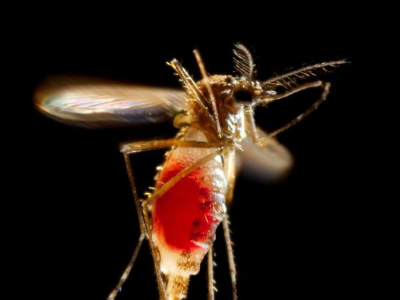Sep 15, 2004 (CIDRAP News) The Government Accountability Office (GAO) says the most important lesson gleaned from examining the anthrax exposures in US Postal Service (USPS) facilities in 2001 is that agencies must err on the side of caution to protect people from uncertain and potentially life-threatening risks.
"It's important for agencies to err on the side of cautionmeaning that agencies should choose a course of action that poses the least risk of harm to individuals," the GAO recommends in the Sep 9 report.
The agency also suggests that the USPS update its guidelines for responding to anthrax attacks and similar threats. The Postal Service's revised rules from December 2003 still don't address problems that occurred during the anthrax incidents, investigators say.
Those guidelines have three main weaknesses, the GAO reports: They don't define key terms such as what should trigger evacuation of a site; they include outdated, potentially confusing references; and they don't address issues such as what steps to take between initial diagnosis of anthrax in a postal worker and confirmation of the disease by the Centers for Disease Control and Prevention (CDC).
In September and October 2001, at least four letters containing Bacillus anthracis spores were mailed to news media personnel and two US senators, contaminating the Trenton and Brentwood postal facilities in Hamilton, N.J., and Washington, D.C., respectively. The attacks caused 22 anthrax cases and five deaths, including nine cases and two deaths among postal employees.
The USPS closed the two postal facilities, but other contaminated sites remained open. The GAO's findings were based on its review of actions surrounding closure of the two facilities and the decision to keep three others open. Brentwood was back in operation in December 2003, and Trenton is expected to reopen in February 2005.
GAO investigators concluded that critical information that could have alerted public health agencies and USPS to the risks postal employees faced in 2001 was not quickly available.
Health officials initially underestimated the risks posed by the anthrax letters. Both the CDC and the Postal Service said agency officials would have made different decisions if they had understood earlier that anthrax spores could leak from taped, unopened letters and sicken postal workers.
Problems also occurred when the USPS delayed the release of anthrax spore counts from one of its facilities because it was unsure how much risk the counts posed, the GAO says. In addition, postal employees called the long-standing distrust of management a communication barrier.
Despite the proximity of postal inspectors, public health experts, and FBI agents, agencies reported that information was not always shared among those involved, the report adds.
The Postal Service response to the anthrax attacks has included creating a center to coordinate internal communication and collaborating with other agencies to develop guidelines for such incidents, the GAO says.
Although agencies are preparing policies and procedures to avoid confusion about where employees should obtain emergency medical services and who should pay for those services, it's not clear when they will be ready, the GAO notes. The agency recommends that the Postal Service set and meet a clear schedule for completing those policies and procedures.
The USPS responded to a draft of the GAO report by saying it agreed with the thrust of the recommendations and was either already revising or would revise and clarify its guidance. USPS also added it was taking alternative action to address medical services and payment issues, the GAO said.
The GAO investigation into the United States' first cases of bioterrorism-related anthrax came at the request of Sen. Joseph Lieberman, D-Conn., ranking minority member of the Committee on Governmental Affairs, and Reps. Christopher H. Smith, R-N.J., and Eleanor Holmes Norton, D-D.C.
See also:
GAO report, "Better Guidance is Needed to Ensure an Appropriate Response to Anthrax Contamination" [Full text]


















